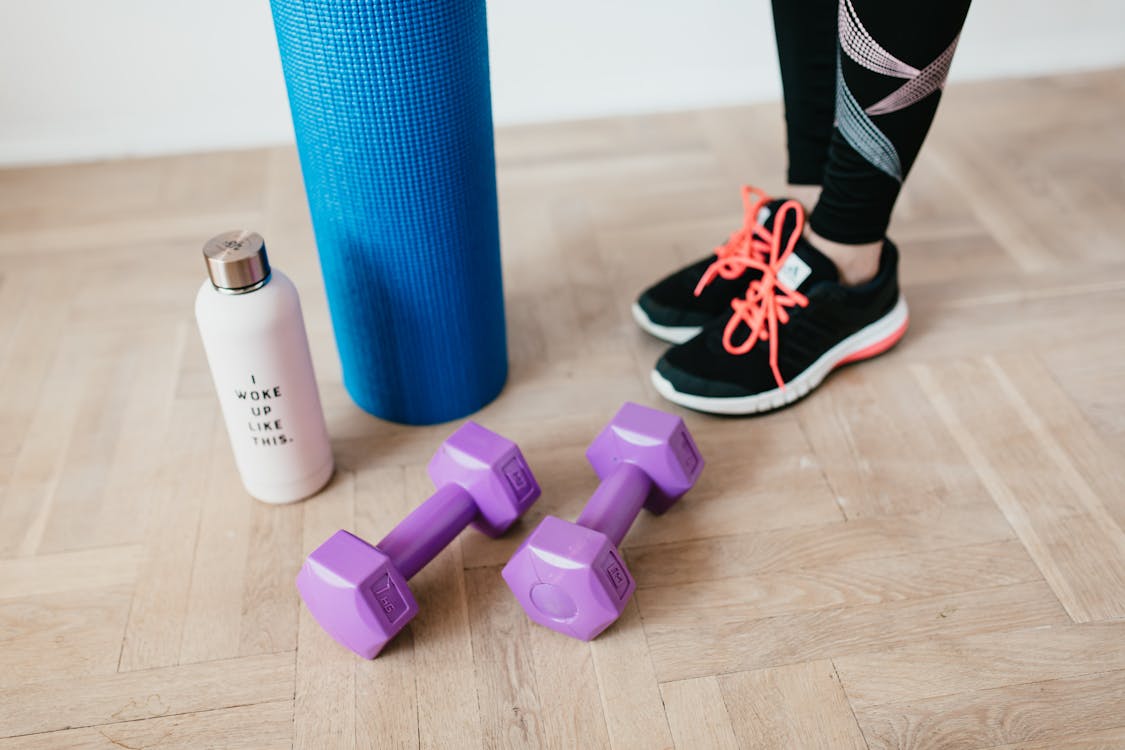
For decades, the concept of "no discomfort, no gain" resembled throughout gyms and locker areas. The emphasis was everything about pressing harder, lifting much heavier, and running quicker. But recently, a shift has actually been silently reshaping the physical fitness landscape. Recovery has entered the spotlight, not as an afterthought, but as a vital element of performance and total health and wellness. This isn't practically sleeping extra or taking a time off. Healing has advanced into a structured, science-backed practice that is being welcomed by elite athletes, weekend break warriors, and daily fitness fanatics alike.
What's altered is our understanding of how the body replies to tension. Workout, nevertheless, is a regulated kind of anxiety. It challenges muscle mass, joints, and cardio systems. Without appropriate recovery, nevertheless, the body does not have the opportunity to reconstruct and strengthen. Rather than adapting, it breaks down. That's where the principle of "rest as the new exercise" gains momentum. Recuperation isn't laziness. It's technique.
The Science of Getting Stronger While Doing Less
There's a remarkable truth that commonly goes unspoken in training circles. The majority of gains in strength, speed, and endurance occur not throughout the exercise itself, but during the time after. When we relax, we repair. Muscles reconstruct more powerful fibers. The nerves rectifies. Hormone balances are restored. This is when the magic happens. Yet, a lot of people ignore this essential home window, leaping from one exercise to the following without offering their body time to fully benefit from the work they've already done.
Today, more people are understanding that missing remainder is in fact missing outcomes. Overtraining can cause tiredness, irritation, and even injury. By weaving structured recovery right into a training routine, the danger of exhaustion is decreased, and the path to long-term progression comes to be much clearer.
Active Recovery: Movement With Purpose
Relax doesn't always mean not doing anything. Actually, active recovery has actually turned into one of the most preferred methods to accelerate recovery and minimize soreness. Tasks such as light walking, yoga exercise, or mobility-focused workouts help boost blood flow, lower inflammation, and maintain the body limber without adding pressure. These low-intensity sessions assist bridge the gap between difficult training days, giving both mind and muscular tissues a possibility to recharge.
In scientific settings, techniques like chiropractic trigger point injections are being used to manage tight muscle teams and launch built-up tension. These therapies target specific areas where tension builds up, helping the body function more openly while additionally improving flow and range of motion. This approach mixes the most effective of contemporary science and movement treatment, and it's assisting redefine how we view "remainder" in a health and fitness routine.
Technology's Role in Recovery Innovation
As recuperation gains importance, so too has the modern technology sustaining it. Wearable devices currently keep an eye on heart rate irregularity, sleep patterns, and stress and anxiety actions to give insight into exactly how well someone is recouping. But past the gadgets and information, there are also innovations in restorative treatments that focus especially on healing and repair.
One such method is medical laser treatment, which makes use of concentrated light power to promote tissue repair service, minimize swelling, and speed up the healing process. This technique has actually been made use of in both sporting activities medication and chronic pain management, offering a non-invasive means to sustain the body's natural healing systems. Its effectiveness has actually made it a beneficial device for those who intend to keep peak performance while lessening downtime.
Moving the Mindset: Rest Without Guilt
For some, especially those deeply embedded in hustle society, slowing down can really feel disadvantageous. However reframing rest as an energetic part of progress transforms the whole perspective. The psychological benefits of remainder are just as significant as the physical ones. Recuperation days help manage mood, boost focus, and reduce the psychological fatigue that can hinder long-term objectives.
When individuals begin to watch rest as deliberate rather than passive, they begin to experience a new level of power and motivation. It's no longer concerning "earning" day of rest through punishment, yet about integrating them right into the rhythm of training as a form of self-respect. This shift can be among one of the most empowering changes an individual makes in their wellness journey.
Healing Isn't Just for Athletes Anymore
The concepts of recuperation aren't reserved for high-performing athletes or those recouping from injury. They're equally as important for office workers with pain in the back, moms and dads juggling daily obligations, or any individual browsing physical or psychological stress. The rise of healing has democratized the conversation around rest, turning it into something that everybody can take advantage of-- despite age, health and fitness degree, or way of living.
Provider customized to all natural health, such as sports orthopedic and spine assistance, are assisting even more people protect against injury and take care of persistent conditions with a recovery-focused lens. Whether it's dealing with joint dysfunction, resolving spine alignment, or supporting cells repair, the assimilation over here of recovery into medical care is creating a much more aggressive model of care that urges prevention over reaction.
Accepting the New Era of Fitness
As we remain to understand the body's action to stress and anxiety and movement, it becomes clear that doing a lot more isn't constantly the solution. In some cases, the smartest point you can do is pay attention, reduce, and allow your body catch up. Recovery is no longer a side note. It's the core technique that's raising wellness end results and redefining what it means to be strong.
If you've been pushing non-stop, maybe it's time to rethink your rhythm. The future of physical fitness isn't almost just how tough you educate-- it's regarding just how well you recoup. Adhere to the blog site for even more insights on health and wellness, wellness, and the advancing world of performance scientific research. There's more to discover, and your body will thanks for it.
 Jennifer Grey Then & Now!
Jennifer Grey Then & Now! Neve Campbell Then & Now!
Neve Campbell Then & Now! Kelly McGillis Then & Now!
Kelly McGillis Then & Now! Bo Derek Then & Now!
Bo Derek Then & Now! Mary Beth McDonough Then & Now!
Mary Beth McDonough Then & Now!